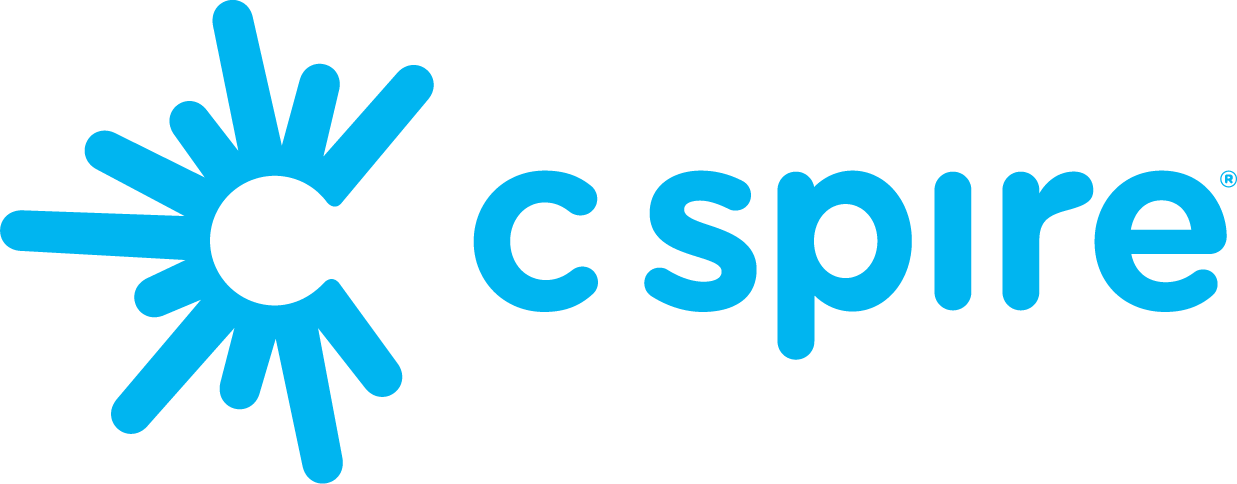
If you’ve ever wondered why certain phrases or videos keep slipping through even though social media platforms promise strict moderation, the answer may lie in a fast-moving trend called algospeak. It’s the coded language teens use to outsmart the systems designed to filter harmful content.
What is social media moderation?
Every major social media platform has community guidelines outlining what users can and can’t post. These guidelines are meant to filter out harmful content, whether that’s videos encouraging disordered eating, communicating misinformation, or promoting dangerous viral challenges. Moderation is how those rules are enforced.
Take TikTok, for example. With more than 150 million Americans using the app, TikTok’s approach is especially visible. The company explains it this way: “Everyone who joins TikTok has the ability to freely share content on the platform. However, we remove content — whether posted publicly or privately — when we find that it violates our rules.”
How does moderation work?
TikTok and other platforms use a mix of artificial intelligence and human reviewers to spot violations. Automated systems scan posts for banned keywords, images and sounds. Anything that gets flagged is sent to human moderators, who review and decide whether it crosses the line.
This process can be effective, but it’s not perfect. Content that platforms are trying to restrict often finds its way through — sometimes unintentionally, sometimes by design.
Algospeak: A modern solution to a modern issue
That’s where algospeak comes in. When videos get taken down, it doesn’t stop users, it just pushes them to invent workarounds. Likewise, algospeak is the evolving vocabulary teens use to avoid triggering automated filters.
It usually shows up in three main ways:
- Alternate spellings — Swapping letters for numbers, replacing words with symbols or breaking them up with emojis.
- New words — During the pandemic, TikTok flagged many posts mentioning “COVID” or “pandemic.” Users sidestepped the ban by using playful replacements like “panini” or “panorama.”
- Emojis — Some emojis carry double meanings that aren’t obvious at first glance. While parents may be familiar with classic examples, new coded uses appear constantly. And unless you’re following closely, they’re easy to miss.
For teens, this kind of coded language can feel clever, creative and even necessary to communicate. For parents, though, it can be disorienting.
Why parents should pay attention
The challenge with algospeak is that it doesn’t just stay on TikTok. These coded terms can spill into text messages, group chats and other platforms where teens spend their time. That means conversations that may look harmless on the surface could actually carry heavier meaning.
That’s where technology can help. With C Spire’s Connect & Protect Advanced Plan powered by Bark, parents get a clearer window into their child’s digital world. Bark’s content monitoring platform has been training for nearly a decade to recognize evolving online language, including algospeak, and understand it in context.
Instead of just scanning for specific words, Bark looks at patterns and usage, alerting parents to potential risks without requiring them to monitor every message themselves. It’s a way to stay connected and aware while still giving kids the freedom they crave.
Algospeak is just the latest example of how quickly online culture changes and how fast teens adapt to it. While social media platforms work to keep harmful content off their apps, kids will continue to find new ways around filters.
For parents, staying informed is the first step. The next is making sure you have tools in place that can adapt just as quickly as the language itself.

















